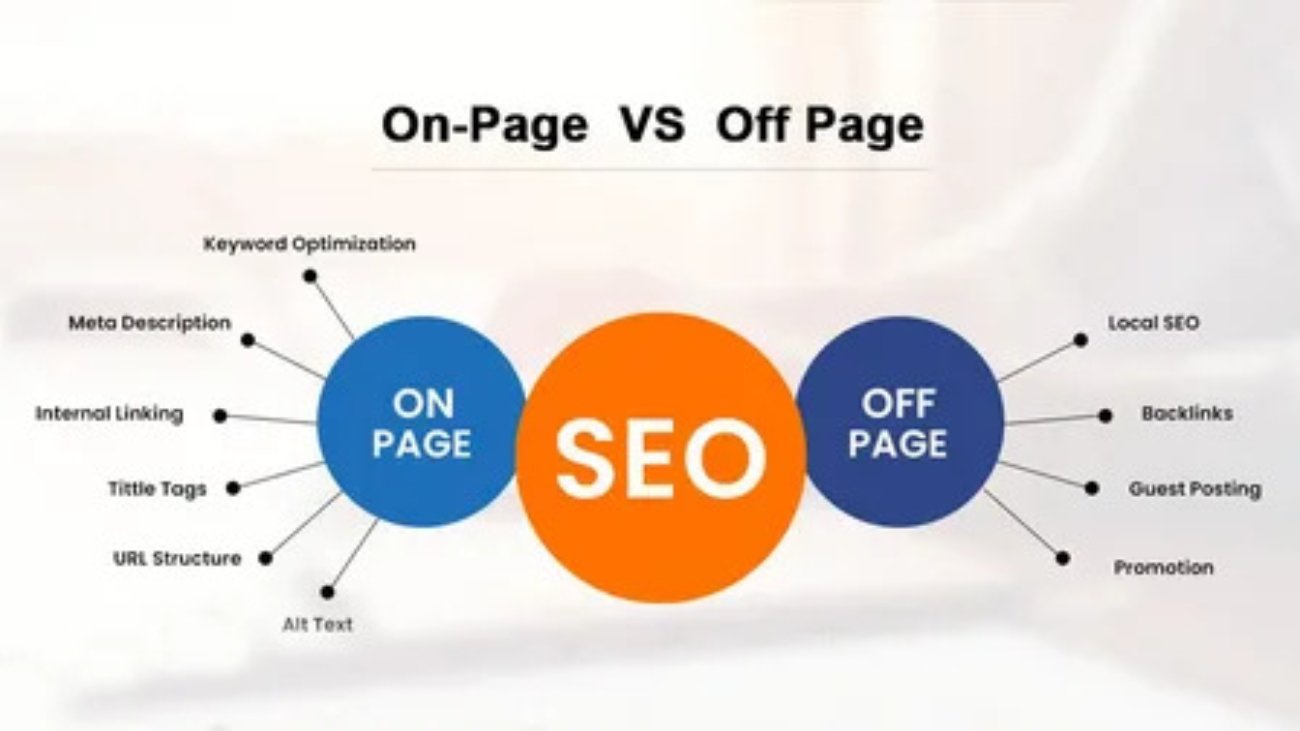Introduction
Writing blog posts is easy. Writing blog posts that rank on Google? That’s a skill.
As an SEO specialist who has ranked hundreds of articles, I’ve seen firsthand how small tweaks in content strategy can mean the difference between 1,000 visits and 100,000 visits per month.
In this 2,000-word guide, I’ll break down the exact process I use to create SEO-optimized blog posts that rank at the top of Google every single time.
What Does “SEO-Friendly” Really Mean?
An SEO-friendly blog post is one that’s optimized to appear prominently in search engine results pages (SERPs). But it’s not just about sprinkling keywords; true SEO optimization balances algorithmic requirements with human readability.
Key Traits of SEO-Friendly Content:
-
Focuses on targeted keywords and user intent
-
Structured with clear headings and logical flow
-
Written for readers first, bots second
-
Includes internal and external links
-
Is mobile-optimized, fast, and easy to read
When you write with both the user and Google in mind, you’re positioning your blog post for visibility and authority.
Why Most Blog Posts Fail to Rank
Before we dive into the winning formula, let’s understand why 90% of blog posts never rank:
-
❌ No keyword research (writing blindly)
-
❌ Poor on-page SEO (missing meta tags, headers, etc.)
-
❌ Weak content structure (no skimmability)
-
❌ Ignoring search intent (not answering what users want)
-
❌ No backlinks or internal linking (low authority)
Now, let’s fix these mistakes.
Step 1: Master Keyword Research (The Foundation of SEO)
You can’t rank if you’re targeting the wrong keywords. Here’s how I find high-traffic, low-competition keywords:
Tools I Use:
-
Ahrefs (Best for competition analysis)
-
Semrush (Great for keyword variations)
-
Google Keyword Planner (Free but limited)
-
AnswerThePublic (Finds long-tail questions)
My Keyword Selection Criteria:
✔ Search Volume (At least 500+ monthly searches)
✔ Low Keyword Difficulty (KD) (Under 30 for new sites)
✔ Commercial or Informational Intent (Matches my goal)
Example: Instead of targeting “best laptops” (high competition), I’d go for “best budget laptops for college students 2024” (lower competition, higher intent).
Step 2: Optimize for Search Intent (Google’s #1 Ranking Factor)
Google ranks content that best matches user intent. There are 4 types of search intent:
- Informational (“How to fix a leaky faucet”)
- Navigational (“Facebook login”)
- Commercial (“Best CRM software 2024”)
- Transactional (“Buy iPhone 15 Pro Max”)
How to Match Intent:
-
Analyze top-ranking pages are they lists, guides, or product pages?
-
Structure your post accordingly (e.g., “Top 10 X” vs. “How to X”).
Step 3: Craft a High-Converting Blog Post Structure
Google loves well-structured, easy-to-read content. Here’s my proven formula:
1. Headline (H1)
-
Must include primary keyword
-
Use power words (Ultimate, Proven, Best, Step-by-Step)
-
Example: “10 Proven SEO Strategies to Rank #1 in 2024”
2. Introduction (Hook + Pain Point + Solution)
-
First sentence grabs attention (“Did you know 90% of blogs get no traffic?”)
-
Identify the reader’s problem
-
Promise a solution (“In this guide, I’ll show you how to fix that.”)
3. Body (H2, H3, H4 Subheadings)
-
Break into scannable sections
-
Use bullet points, tables, and bold text for readability
-
Example:
-
H2: “On-Page SEO Checklist”
-
H3: “Meta Title Optimization”
-
H4: “Best Practices for Title Tags”
-
4. Conclusion (CTA + Next Steps)
-
Summarize key takeaways
-
Add a call-to-action (Comment, Share, Read Next)
Step 4: On-Page SEO Optimization (Technical Must-Dos)
Even the best content won’t rank without proper on-page SEO. Here’s my checklist:
✅ Meta Title (60 chars max, includes keyword)
✅ Meta Description (160 chars, compelling CTA)
✅ URL Slug (Short, keyword-rich: /seo-friendly-blog-posts)
✅ Header Tags (H1, H2, H3 with keywords)
✅ Image Optimization (Alt text, compressed files)
✅ Internal Links (3-5 links to related posts)
✅ External Links (2-3 authoritative outbound links)
✅ Mobile-Friendly (Google’s Mobile-Friendly Test)
Step 5: Boost Rankings with Off-Page SEO
SEO doesn’t end after publishing. To rank higher, you need:
1. Backlinks (The #1 Ranking Booster)
-
Guest posting on high-DA sites
-
HARO (Help a Reporter Out) for media features
-
Broken link building (Replace dead links with your content)
2. Social Signals
-
Share onTwitter, LinkedIn, Pinterest
-
Encourage engagement (comments, shares)
3. Update Old Posts
-
Refresh stats, add new examples
-
Resubmit to Google via Search Console
Step 6: Track & Improve (SEO Is a Marathon)
-
Use Google Analytics (Traffic, bounce rate)
-
Check Google Search Console (Impressions, CTR)
-
Monitor rankings with Ahrefs/Semrush
Pro Tip: If a post isn’t ranking in 3 months, update it or tweak the keyword.
Step 7: Internal and External Linking
Links help users explore more content and guide search engines through your site.
Internal Links:
-
Link to relevant blog posts and pages on your site
-
Use anchor text that reflects the content being linked
External Links:
-
Link to credible sources (e.g., studies, tools, experts)
-
Open external links in a new tab
Tip: Avoid linking to direct competitors ranking for the same keyword.
Step 8: Technical SEO Essentials
Even the best-written content won’t rank if technical SEO is broken.
Must-Have Technical Elements:
-
Fast page speed (use tools like Google PageSpeed Insights)
-
Mobile-friendly design
-
Secure HTTPS site
-
Canonical URLs to prevent duplicate content
-
Structured data for rich snippets (optional but powerful)
Use plugins like Yoast SEO or Rank Math to manage on-page technical elements.
Step 9: Promote Your Blog Post for Maximum Reach
Publishing your blog post is just the beginning. For it to rank and gain authority, you need to drive initial traffic and backlinks.
Promotion Tactics:
-
Share on social media platforms
-
Email to your subscriber list
-
Repurpose into a YouTube video or Instagram reel
-
Reach out for backlink opportunities
-
Submit to content syndication platforms (e.g., Medium, LinkedIn)
The more eyeballs on your post, the more likely it is to earn links and engagement.
Step 10: Track Performance and Iterate
SEO is not a set-it-and-forget-it strategy. Use analytics to monitor and improve your blog post.
Track These Metrics:
-
Organic traffic
-
Keyword rankings
-
Time on page
-
Bounce rate
-
Conversion rate
Tools to Use:
-
Google Analytics
-
Google Search Console
-
Ahrefs or SEMrush
If your post isn’t ranking after a few months, consider updating content, adding media, or revisiting keyword targeting.
Common SEO Mistakes to Avoid
Even experienced writers fall into SEO traps. Avoid these to stay ahead:
-
Ignoring search intent
-
Stuffing content with keywords
-
Skipping alt tags and metadata
-
Not optimizing for mobile users
-
Forgetting internal linking
-
Publishing thin content
Final Checklist for SEO-Friendly Blog Posts
Before hitting Publish, ensure:
✔ Keyword-researched & intent-matched
✔ Well-structured with H2/H3 subheadings
✔ Optimized meta title & description
✔ Internal & external links included
✔ Mobile-friendly & fast-loading
Conclusion: Start Ranking Today
SEO-friendly blogging isn’t luck it’s strategy + execution. Follow this guide, and your posts WILL rank.
What’s your biggest SEO challenge? Drop a comment I’ll help!
Final Thoughts: Blog SEO is a Skill Worth Mastering
Writing SEO-friendly blog posts isn’t just about algorithms it’s about providing genuine value to readers while aligning with what search engines reward.
As Google’s algorithm evolves, user-focused, informative, and optimized content continues to rise to the top. Mastering these SEO writing strategies will help you rank higher, gain more traffic, and ultimately grow your brand’s visibility in 2025.
So, whether you’re just starting out or refining your SEO approach, remember: Write for humans. Optimize for search. Win with both.

